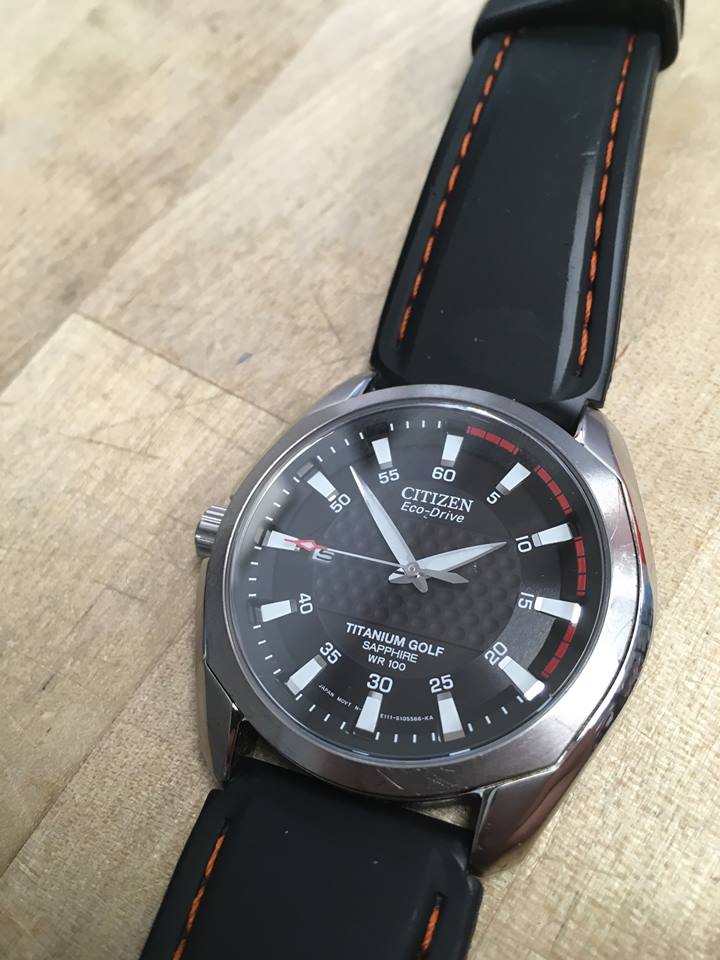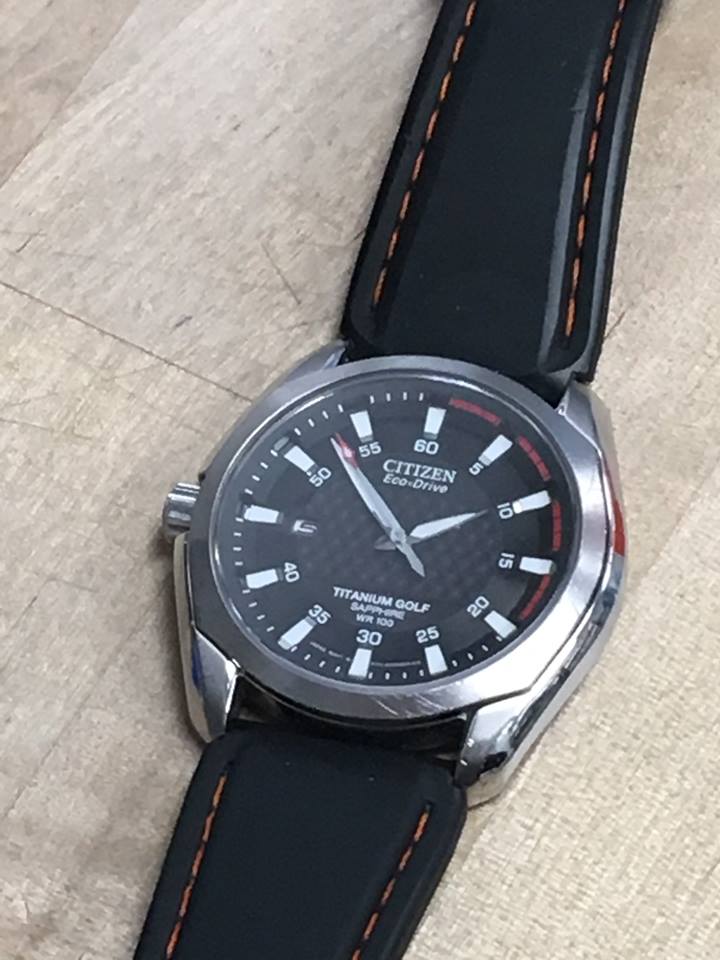Optical Zoom vs Digital Zoom.

Optical zoom physically magnifies the subject without negatively impacting photo quality. (Photo by Michael H)
We’ve all endured it. Looking at our Facebook newsfeeds after a holiday or big family event: Grainy photos and videos are the bane of our social media existence: photos that should not exist but are far too common in our daily lives. When everyone has a smartphone with amazing cameras, why are there so many terrible photos? Well for a lot of them, the culprit is using Digital Zoom. To spare your eyes this holiday season from blurry or grainy photos, we’ll explain the difference between using Digital Zoom versus Optical Zoom, as well as some tips and tricks for phone photography.
Optical Zoom – Good
This is the type of zoom you see on large digital cameras, and DSL-R Cameras with the gigantic lenses. These actually use multiple panes of glass to physically increase or decrease the magnification. Think of it like you are holding a Magnifying Glass over an object. The farther you pull away from the object you are looking at, the larger it gets. A similar concept applies here.
Digital Zoom – Bad
You ever had Facebook ask you to crop a picture of you for a profile picture? Think of it like that. What you are doing is essentially making that portion of a picture you took larger, meaning that it will look more pixel-y and less photo-like. While Digital Zoom is nice to have in a pinch, using it for video or photos is going to drastically hurt the quality of the content you create.

Digital Zoom results in grainy photos that lack detail, especially with small text. (Photo by Michael H)
What can I do to avoid not-so-great photos?
- Use your flash. It will definitely make some parts look too bright, or make your glasses reflect back at you, but if you are taking a picture, a flash will quite often help alleviate the graininess you see in a lot of photos with poor lighting.
- Stay away from direct light. Don’t face your camera directly into the light source. Similar to how looking at the sun is bad for your eyes, having a light bulb shining into your camera, or having a light source behind the subject of your picture can prevent you from capturing the moment you want.
- Don’t use digital zoom. If at all possible, get closer to your subject. It will be a higher quality photo that you won’t be embarrassed to share later.